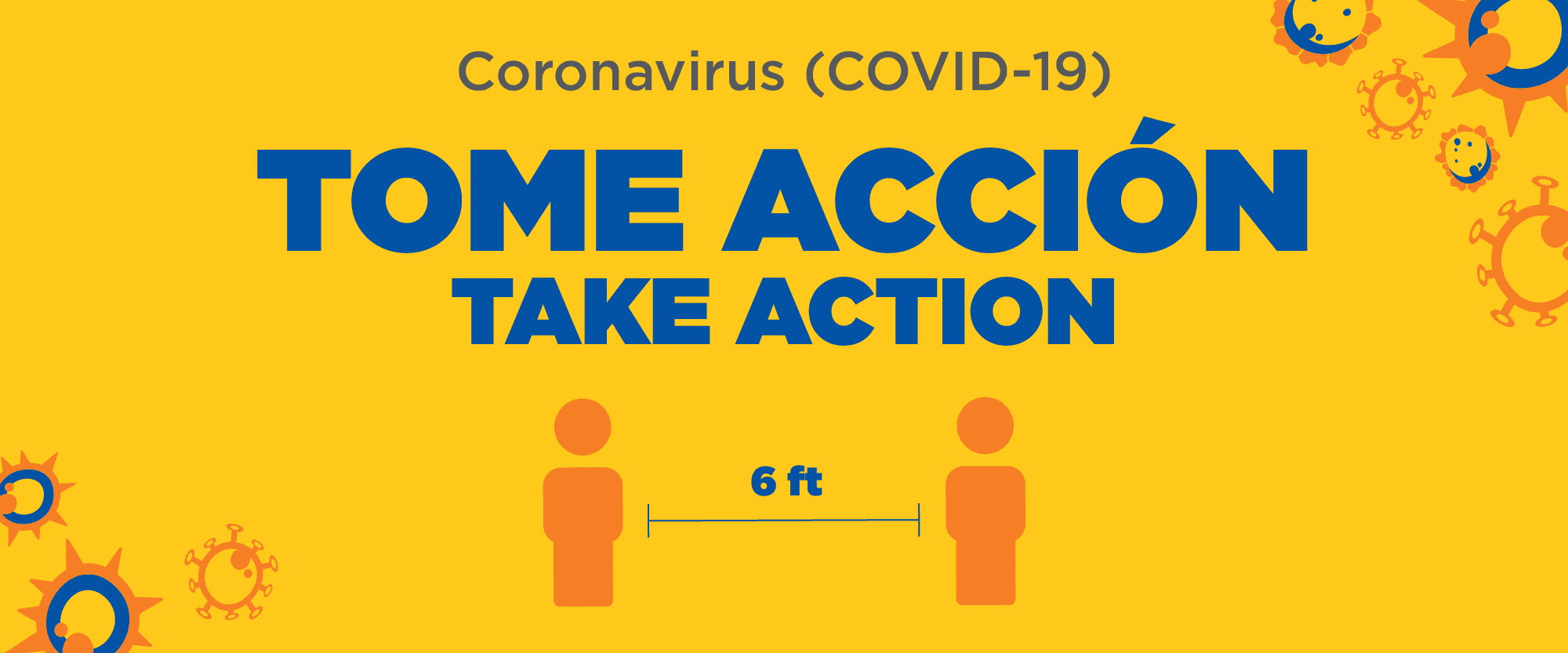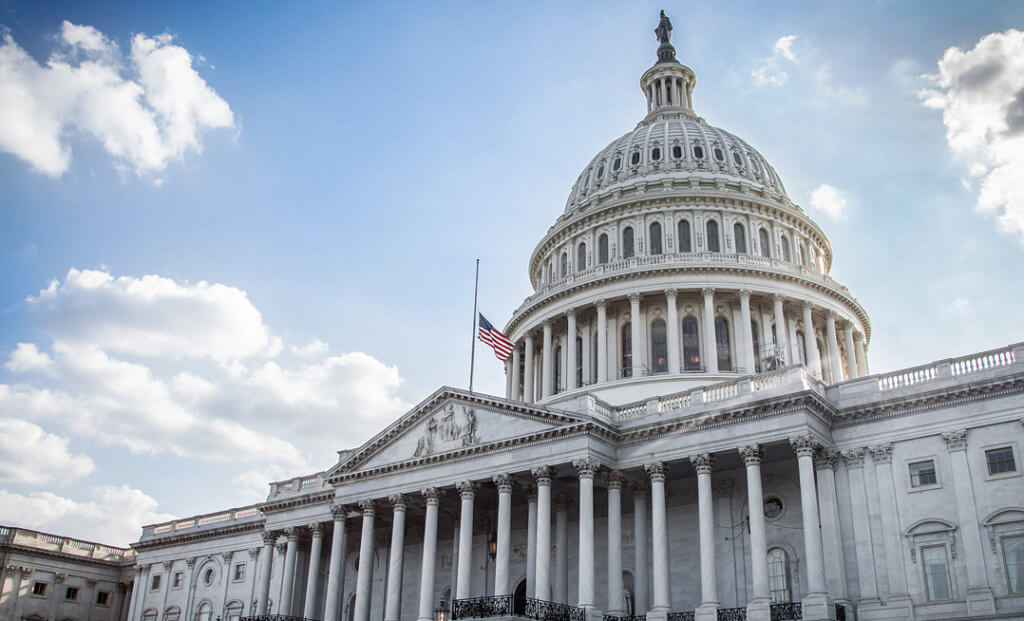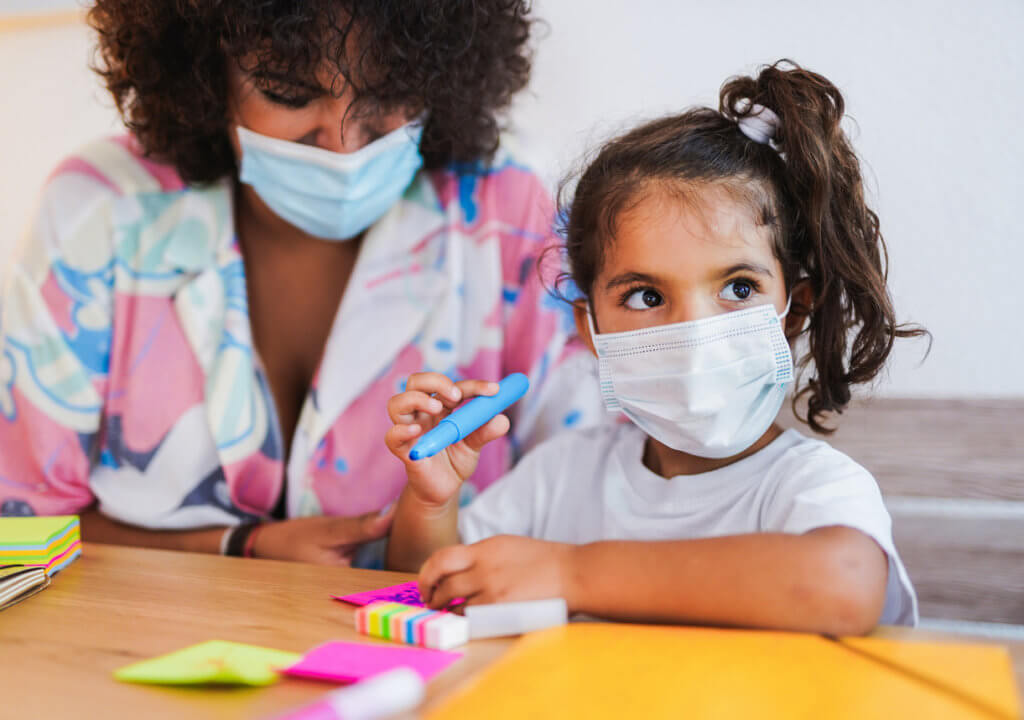When we all practice physical distancing, we help slow the spread of coronavirus (COVID-19)
The COVID-19 pandemic is rapidly changing our everyday lives. The number of people getting infected continues to rise globally and nationally, and since there is currently no vaccine or treatment for COVID-19, the best way to prevent getting sick is to avoid being exposed to the virus in the first place.
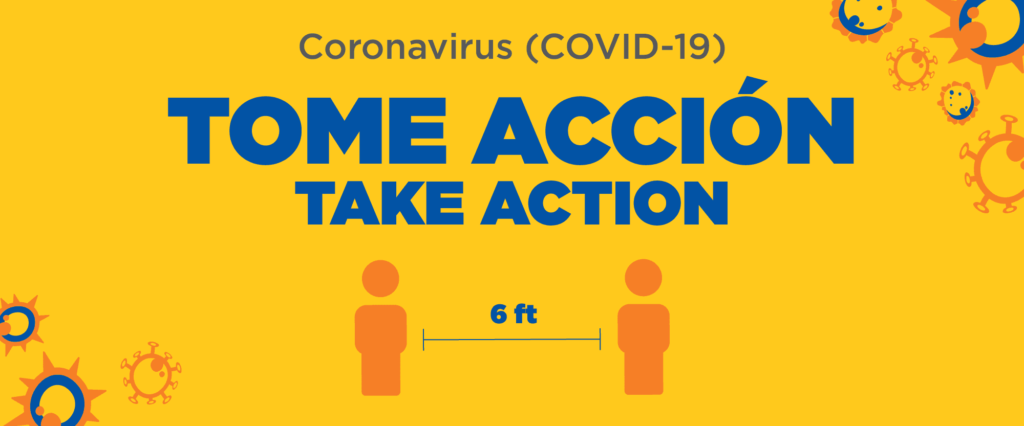
What is physical distancing?
With the constant news coverage about the Coronavirus, by now, most of us are familiar with the term “social distancing.” Social distancing is the practice of increasing the physical distance between people in order to reduce exposure to and the spread of disease.
Public health professionals are recommending this practice and maintaining a distance of at least six feet from other people, to collectively help slow the spread of COVID-19 in order to avoid having too many people sick at once and overwhelming our health care system.
However, “social distancing” does not precisely reflect what we have been asked to do. For this reason, we are opting to use the term, “physical distancing,” which better describes the fact we are all working together to minimize physical contact with others as a preventive measure against COVID-19.
Physical distancing may seem drastic and unsettling, but it will work if taken seriously and practiced consistently by all of us. It is important to note that physical (not social) distancing still allows us to support our family or friends when they need us to pick up food essentials or drug prescriptions from the grocery store or pharmacy. It allows us to take these types of social responsibilities in our communities for our family, neighbors, and friends. Now more than before, we need social connectivity to support one another.
How do I practice physical distancing?
The rallying cry to “stay at home” is the single-most important thing we can all currently follow. The sooner we act, the sooner we can truly make an impact on slowing the spread of COVID-19. While many of us can and should stay at home, the reality is that for some, staying at home is not an option. Workers that are part of essential industries, like health care, agriculture, grocery stores, transportation, construction, etc., cannot work from home. Our society depends on them showing up to work to ensure the essential services we need to function continue to be carried out.
But for those of us who can, we have a responsibility to them and our entire community, to follow the critical recommendation to stay at home. All of us, to some extent, are already experiencing some of the physical distancing measures in our communities such as the closing of schools, transitioning to online platforms for colleges and universities, working from home if possible, cancellation of major events, and closings of popular restaurants and businesses like movie theaters and gyms. Some states, counties, or municipalities, particularly those with a higher number of people infected with COVID-19 have instituted mandated curfews, “shelter-in-place” or “stay-at-home” type of measures to promote a higher, community-wide level of physical distancing. In these situations, people can only go out for essential activities like purchasing food or seeking medical care.
While these measures can make us feel anxious or uneasy, this moment in time calls for all of us to come together and contribute collectively—poner nuestro granito de arena—to help reduce the speed at which the virus spreads so that the number of people that get infected at any given time is not more than what our health care system and hospitals can handle.
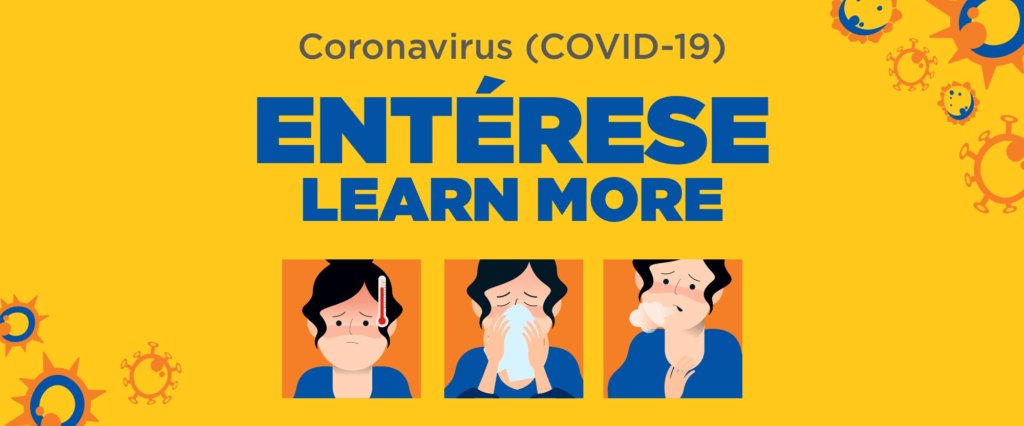
I am young and healthy—should I practice physical distancing during the COVID-19 pandemic?
All of us, no matter our age, should take this situation seriously and follow current recommendations on physical distancing. Being young does not mean you are immune or less vulnerable to COVID-19. Recent studies have shown that young adults in their 20s to early 40s are also being hospitalized with severe complications from COVID-19. For this reason, it is important that those who are young and healthy stay away from attending events with major crowds or group gatherings to avoid putting yourself and others, especially those who may be more vulnerable, at greater risk. Our neighbors, friends, and older relatives like our abuelitos, mamás, papás, tías, tíos, and those with compromised immune systems, like pregnant women and persons living with HIV, depend on the young putting what is in the best interest of the community and entire humanity above individual needs. Spring break, birthdays, and other celebrations can wait—the well-being of our loved ones should come first.
Can I go outside while still practicing physical distancing?
The recommendations for social distancing means avoiding physical contact with other people. So yes, going outside to get fresh air, walk your dog, go for a hike, and ride your bicycle are okay. Nevertheless, being mindful of how many people are outside at any given time and ensuring to keep a distance of at least six feet between yourself and others is a good practice. In recent days, beaches and parks in some communities are being closed because too many people were visiting them leading to large crowds and greater risk for transmission of COVID-19.
Additionally, while we can still go out for essential activities like going to the supermarket, pharmacy, or seeking medical care if needed, it’s important that we thoroughly wash our hands with water and soap for at least 20 seconds and clean any frequently touched surfaces, once back at home.
Can I visit my family and friends?
Visiting our family and friends in their homes in times of COVID-19 can be tricky as this decision depends on who is in our family, and how young and healthy, they are. The healthier our relatives are and the smaller the gathering is, the lower the risk will be. However, careful interaction and good hygiene is highly encouraged. At the same time, if we have relatives in our family who are sick or at greater risk (elderly, pregnant women, and persons with chronic conditions), we should limit physical contact or in-person visits as much as we can.
We understand that practicing physical distancing is difficult for our Latino community that values spending time together and often expresses affection by being physically close to our loved ones. For now, we must practice it to slow COVID-19 in our communities, but we must remember to stay socially connected.
https://blog.unidosus.org/2020/03/03/protecting-yourself-from-the-coronavirus-disease-2019-covid-19/
How do we stay socially connected?
The main reason why we are using “physical distancing” instead of “social distancing” is because we want to stress that social distancing does not mean social isolation from our community, family, and friends. Physical distancing promotes the importance of staying connected with our loved ones, especially with our older relatives. Most of us have access to technology and can use our creativity to still enjoy the company of our family and friends, even if it means connecting with them using our smartphones. Give your relatives and friends a phone call or video chat with them to ensure they are doing well. Arrange having dinner with your family using FaceTime or WhatsApp or plan an online game night with your friends.
Maintaining good communication with our family and friends during the COVID-19 pandemic can help us feel socially connected despite the recommendations of staying physically distant from others. There is a great deal of research that shows that maintaining social connectivity with our loved ones promotes emotional wellbeing. On the other hand, social isolation, which is the complete disconnection of both physical and social ties from our loved ones and community, can diminish our emotional health, especially of older adults.
We are all in this together and how this moment in history will be defined depends on how all of us act collectively. Let’s look out for each other and stay connected—with courage, creativity, collaboration, and empathy.
Where can I go to get more resources?
Health experts at UnidosUS have been working hard to present up-to-date, culturally and linguistically relevant resources and information around COVID-19. You can visit our webpage here in English and here in Spanish.
We also released an important update for our community on the progress of H.R. 6201 Families First Coronavirus Response Act on March 21. On Friday, March 27, President Trump signed this bill into law, which will provide relief to families and workers that have been impacted by business closures and layoffs that have been caused by the COVID-19 pandemic.
As the pandemic evolves, we will continue to ensure that our community has access to trusted and reliable information and the tools needed to stay healthy. We are in this together!

